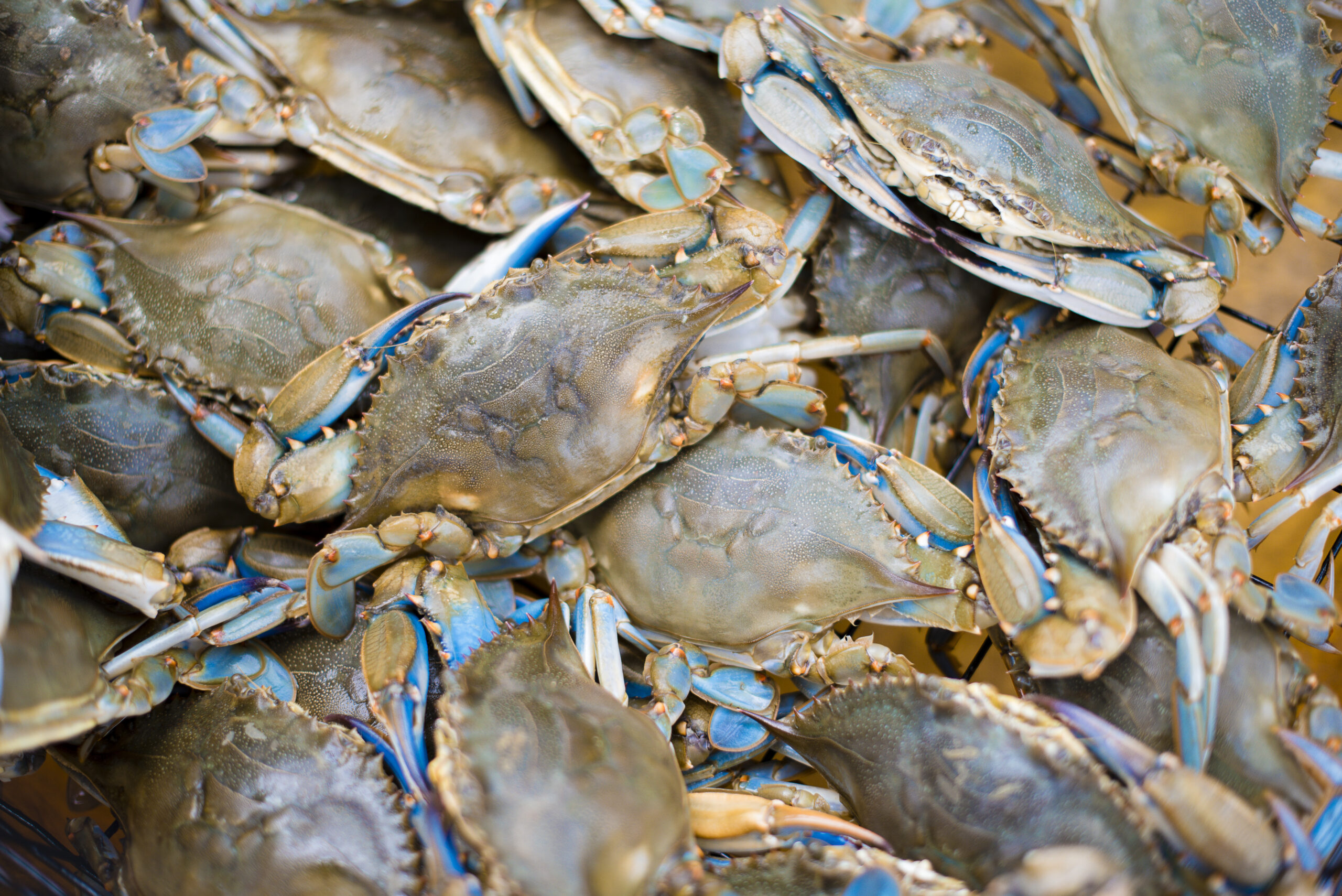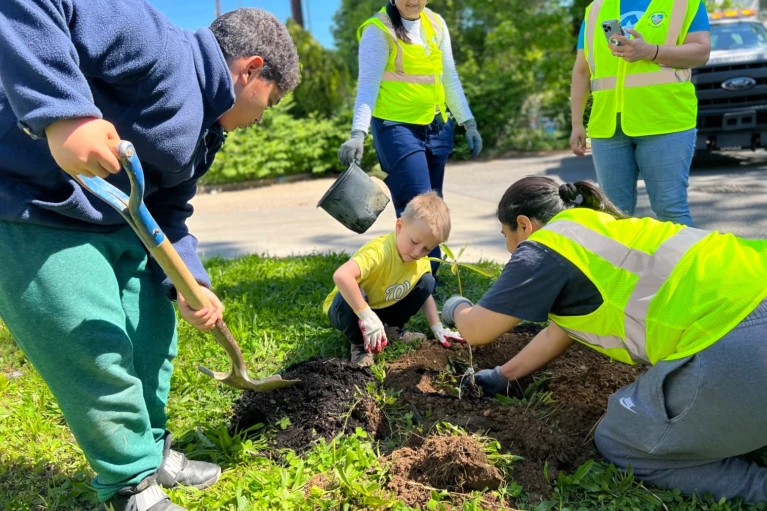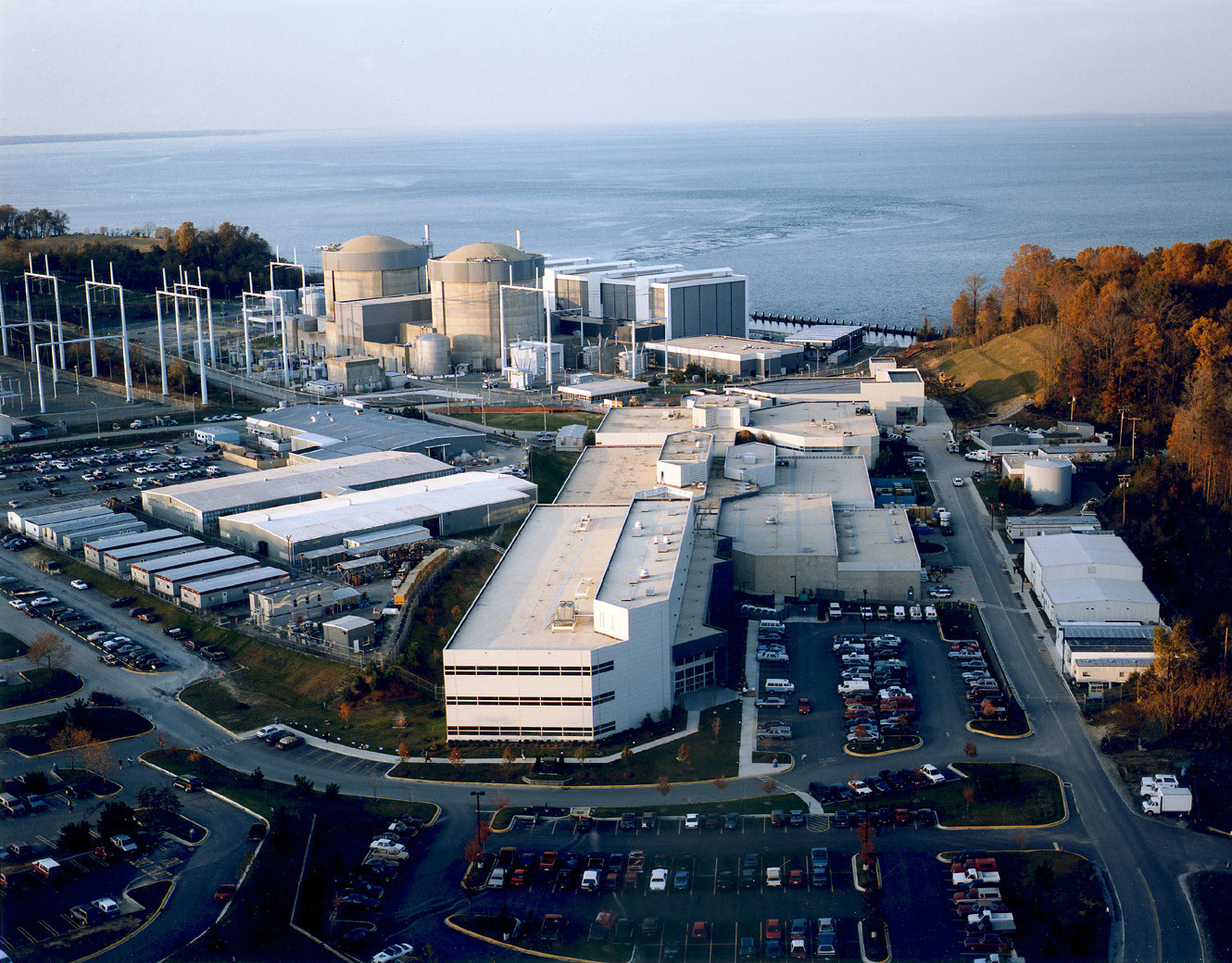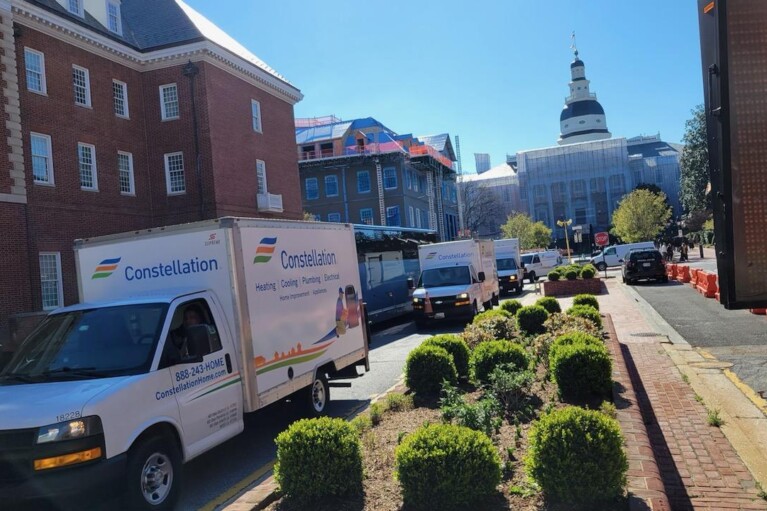Decline in Chesapeake crab population sparks hunt for answers

By Timothy B. Wheeler and Jeremy Cox
It’s been a lean season for crabbers and crab lovers alike, with the Chesapeake Bay’s popular crustaceans at their lowest level in more than 30 years.
Commercial crabbers in Maryland and Virginia aren’t catching their limits, and the harvest in the first few months of the season was so meager that some gave up trying.
“Crabs are so scarce that me and my son are still catfishing,” Billy Rice, a Charles County, MD, waterman, said in June. “We’re making more money catfishing than we would be crabbing.”
Based on what they see on the water, crabbers have no shortage of theories about why the Bay’s most prized catch is hard to find: Changes in water quality, climate change and an influx of crab-eating fish top the list.
Whatever the case, said J. C. Hudgins, president of the Virginia Waterman’s Association. “Mother Nature has throwed a wrench in the barrel.”
Scientists aren’t sure what’s behind the slump, and many say it worries them because crabs are such an important part of the Bay region’s seafood industry and food culture.
“It’s rough surf,” said Tom Miller, who’s been studying the blue crab, Callinectes sapidus, for nearly three decades. He’s director of the Chesapeake Biological Laboratory at Solomons, MD, part of the University of Maryland Center for Environmental Science.
The Chesapeake’s crab population tends to yo-yo naturally every year or two. This year, though, marks the third below-average tally from the annual winter dredge survey, in which Maryland and Virginia check for crabs waiting out the winter in bottom sediments in 1,500 spots around the Bay and in its rivers.
What’s even more troubling is that the survey’s estimate of juvenile crabs has also hit an all-time low, or nearly so, for two years running. With so few young available to produce the next generation in a species that only survives a couple of years, a quick rebound looks iffy.
Crabs have been in deep trouble before, falling in 1998 into a decade of below-average abundance and subpar harvests.
By 2008, Miller and other scientists thought they’d turned the corner by getting fishery managers to impose harvest limits intended to conserve female crabs so more could spawn. They set an overfishing threshold for females — “sooks,” as crabbers call them — and a target number believed sufficient to rebuild the population and boost harvests.
At the time, it was the best available science, Miller said, “no doubt in my mind about that.”
Now, he’s not so sure.
Numbers game
It appears the fault can’t be laid on crabbers this time. While overfishing female crabs was a problem in the past, the catch has stayed within bounds since 2008. The adult female crab population has been 76% higher on average than it was in the decade before female-oriented harvest limits were set, Miller said.
Yet “recruitment” — the number of young crabs that make it from egg to adult — has not improved. Nor has the harvest grown in the way scientists and managers expected it would. In 2021, the Baywide commercial catch was 36.3 million pounds, well below the long-term average of 60 million pounds.
Miller said one statistic is especially troubling: The average number of young crabs reaching maturity for every spawning-age female has declined by 40% since female-oriented harvest limits were imposed.
“The blue crab stock is less productive than it was previously,” he told the Potomac River Fisheries Commission in June.
Something appears to have changed. Or maybe the experts have missed something. In hindsight, Miller said he’s concerned that they may have aimed too low in deciding how many females are needed to sustain the population.
“I think at one level we have to bear responsibility,” Miller said. With female crab abundance suggesting the stock was sustainable, scientific and management attention focused more in recent years on restoring the Bay’s oyster population. “To an extent,” he added, “we’ve taken our eye off the ball.”
Crab reproduction is a numbers game. Females release their eggs in the saltier water near the mouth of the Bay, and each can produce up to 2 million larvae at a time. Yet only a miniscule fraction of those tiny crabs live long enough to produce the next generation.
First, they must survive being swept into Atlantic coastal waters before making their way back to the Chesapeake with the help of winds and currents. As they grow and move up the Bay, the little crabs become prey to fish, birds and even other crabs. They are especially vulnerable in that first year, when their growth prompts them to repeatedly shed outer shells and form larger ones.
Rom Lipcius, the Virginia Institute of Marine Science researcher who oversees that state’s portion of the winter dredge survey, said he’s concerned that too many egg-bearing females are still being harvested in the spring before they can make it to the spawning sanctuaries Virginia has established in the Lower Bay.
Others think part of the problem may be too few mates for the females. The number of “jimmies,” as watermen call adult male crabs, has also hit its lowest point since 1990. They’re down to one male for every 3.5 females, according to the survey.
Male crabs can and do mate with more than one female. But if they jump too quickly from one female to another, they can suffer from what researchers call “sperm limitation.” Scientists with the Smithsonian Environmental Research Center in Edgewater, MD, have found that males deposit a smaller amount of sperm in the next female if they mated shortly beforehand.
That could be reducing the overall reproductive output of the Bay’s crab population 5–10%, said Matthew Ogburn, the lead Smithsonian researcher on that study.
Other scientists have doubted the significance of that. But Miller, who counts himself among the skeptics, said he thinks it’s time to take another look at the issue.
Predation
On this, scientists agree: Predators present a growing challenge for the Bay’s crab population.
Crabbers have long complained that Atlantic striped bass gorge themselves on the little juvenile crustaceans. In recent years, bigger fish with an appetite for crabs have drawn attention: red drum and blue catfish. The latter is an invasive species introduced for sport in Virginia decades ago. Initially believed to be limited to freshwater, they have since spread and multiplied throughout the Bay.
A VIMS study estimated last year that blue catfish are eating more than 2 million juvenile crabs a year in one stretch of the lower James River alone.
Based on an analysis of the stomach contents of more than 6,000 catfish caught there, each was eating a crab or more a day, on average, according to Mary Fabrizio, the VIMS fisheries scientist who led the study. An earlier study had estimated there were millions of catfish in that portion of the river.
“If you have a million fish eating one crab,” she noted, “that’s one million crabs removed.”
There likely are other forces contributing to the decline in the Baywide crab population, Fabrizio said, but that study indicates blue catfish could be “part of the picture.”
“There isn’t a simple, single answer,” she suggested. “I think it’s multiple factors and, definitely, predation is among them.”
With those and other possible culprits on their radar, scientists and fishery managers plan to gather later this year to try to figure out what’s going on. They agree that it’s high time for a new scientific analysis of
all the available information and research. The last such stock assessment was in 2011.
If they conclude some external force like blue catfish is depressing crab numbers, fishery managers say their options are limited. There’s already a robust commercial fishery for blue catfish, and landings in Maryland and Virginia exceed those for striped bass, which is pound for pound a much more valuable fish.
Harvest restrictions
Tightening crab harvest restrictions to conserve more of the broodstock, they say, is about all they can do.
“There are a lot of things we just don’t have control over, but we try to control what we can and hope for the best,” said Michael Luisi, acting fisheries director for the Maryland Department of Natural Resources.
Maryland and Virginia have already imposed catch restrictions for the rest of the year, hoping to ease fishing pressure on the skimpy crop of juvenile crabs that will start to reach legally harvestable size in late summer and fall. The curbs are mainly aimed at protecting more female crabs so they can spawn, though Maryland for the first time also capped crabbers’ daily catch of male crabs in August and September.
But more action is likely needed, many say, which lead to further restrictions next year. Some have suggested doing more to protect female “sponge” crabs, so called because of the egg mass visible on their underside. Virginia allows crabbers to keep a limited number during harvesting, and Maryland allows them to be imported from other states to be processed into crabmeat.
“Protecting those females that have a sponge, close to producing the next generation,” Miller said, “would make the most sense.”
Some think it also might help to give mature crabs of both sexes a little extra time to mate and spawn.
Both states require crabs to be at least 5 inches from tip to tip, though Maryland raises that to 5.25 inches from July 15 through the end of the season. At one time, the minimum catchable size in the Potomac River was even larger, 5.5 inches, a limit the bi-state fisheries commission might consider again as it weighs changes to its regulations.
Crabbers who have complained bitterly about harvest restrictions in the past are mostly resigned this time, though still wary that limits once imposed may never get eased.
Robert T. Brown Sr., president of the Maryland Watermen’s Association, called his state’s new catch limits a “knee-jerk reaction” to the poor survey results. After a slow start to the season, the harvest is picking up some, he maintained.
Still, he added, “we’re better overall to stay on the cautious side.”
Bubby Powley, who crabs via trotline in Dorchester County, said the new harvest limits taking effect in July aren’t likely to hurt him. But he expects the tighter caps on female crabs will pinch those who fish almost exclusively for them using hundreds of “pots” or wire cages in the fall.
Powley said he doesn’t doubt the crab survey results. He figures the harvest restrictions will help bring the population back.
“It’s not going to help our wallets,” he said, “but you got to do what you got to do.”




 Creative Commons Attribution
Creative Commons Attribution